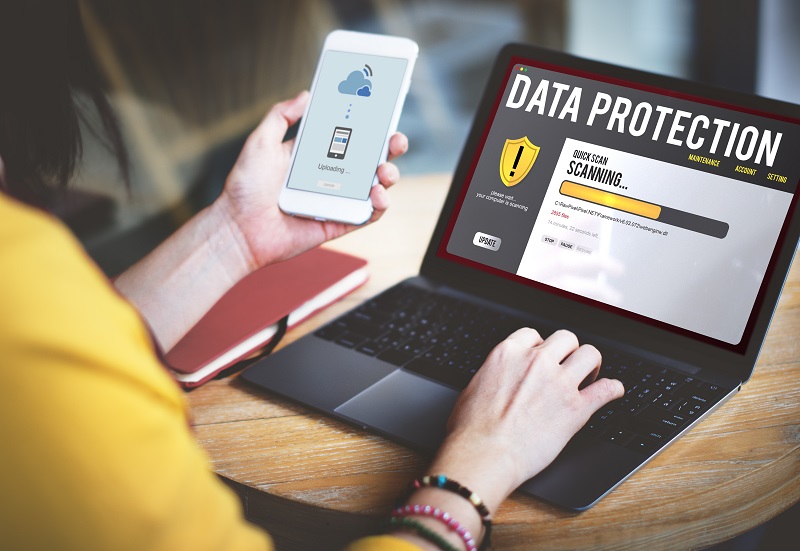
- The Importance Of Rank Tracking Local Keywords In 2018 - June 5, 2018
- How to Spot Opportunities from your Competitors’ Backlinks - July 19, 2017
- Why You Should Monitor Your Brand Daily - May 26, 2017

Imagine this scenario: you check your site and a warning message pops out. “This site may harm your computer.” What do you do?
Website security is a serious business that many site owners take for granted. While some take extra precautions to protect their websites from online threats, others are too neglectful when it comes to this aspect of their website.
Without solid website security, you’re leaving your site open to malware. The problem does not only affect the website, but also extends to your visitors. This, in turn, can cause your site’s reputation to go down the drain and might even end up in Google’s blacklist.
More than Just a Nuisance
Just like in computers, malware can cause considerable damage to your website. The worst thing about this is you may not immediately notice that your site has been compromised until Google detects the problem. All the hard work you put into your site will be a waste because of a malware attack.
How Does Malware Jeopardize your Site?
- Information theft – Most hackers inject malware to find vulnerability in your site for sensitive information, whether it’s personal data or credit card information./span>
- Google penalty – While you were not the one who intentionally injected the malware into your site, Google might still see this as an act of violating their quality guidelines, resulting in a manual penalty.
- A host of infection – Malware may spread to the computers of visitors who are accessing your site.
- Low traffic – With Google labeling your site as harmful, visitors will not click on your links when they appear on the search results.
- Reputation damage – It’s highly likely for visitors to stay away from any of your digital assets (videos, online documents, website, and links), as they associate malware to your brand if left unresolved.
Cleaning Up After the Malware Attack
Once you’ve determined that your site has been hit by a malware, take immediate action. The faster you deal with the problem, the less you have to worry about the consequences. Siteoscope shares a few pointers to help you clean up after your malware attack:

1. Assess the damage
Make a thorough sweep of your site to determine the scope of the damage. What was the biggest setback to your website? How much traffic did you lose? Were there modified or uploaded files on your web server?
Assessing the damage makes it easier to determine the right action for your website recovery. This also allows you to see where most of your site’s vulnerabilities lie, such as weak administrator passwords and outdated software.
2. Get your site offline
Quarantine your site as soon as you spot the malware to prevent it from spreading to visitors and causing further damage to your website. Contact your hosting provider if you have one—they can help with most of the technical aspects of your site. Create a backup of your site, but label the pages or elements that are infected.
If you’re running your own server, and you can’t take the site offline, implement a 503 code to prevent search engines from crawling your website. Google’s Webmaster Tools also have a URL removal tool that allows you to remove hacked URLs or pages from search results.
3. Get your system back up
Do another sweep of your website to make sure that you’ve completely removed the malware. Remove unused software, unnecessary modules, and services. After scanning, reinstall a new OS—talk to your hosting provider if you’re using shared hosting.
Web content management systems, media, or any other software installed should be the latest version. Request a review from Webmaster Tools to check if your site is free of malware. The review time may take a few days before you can take your site back online. Check if all the elements of your site are working properly – links, pages, and plug-ins.
Prevention Can Make the Difference
Updating your website will not automatically make it safe from hackers and suspicious programs. Real-time monitoring is important to keep an eye on your site and implement immediate solutions. Siteoscope’s streamlined dashboard has the capabilities to conduct a thorough scan of your website and notify you immediately of any malware. With our tool, you can develop preventive actions for a smooth website performance.
Don’t give malware leverage over your site—let Siteoscope monitor your website’s performance and alert you of suspicious programs for optimum security. Get a free 30-day trial and see how our dashboard works.
